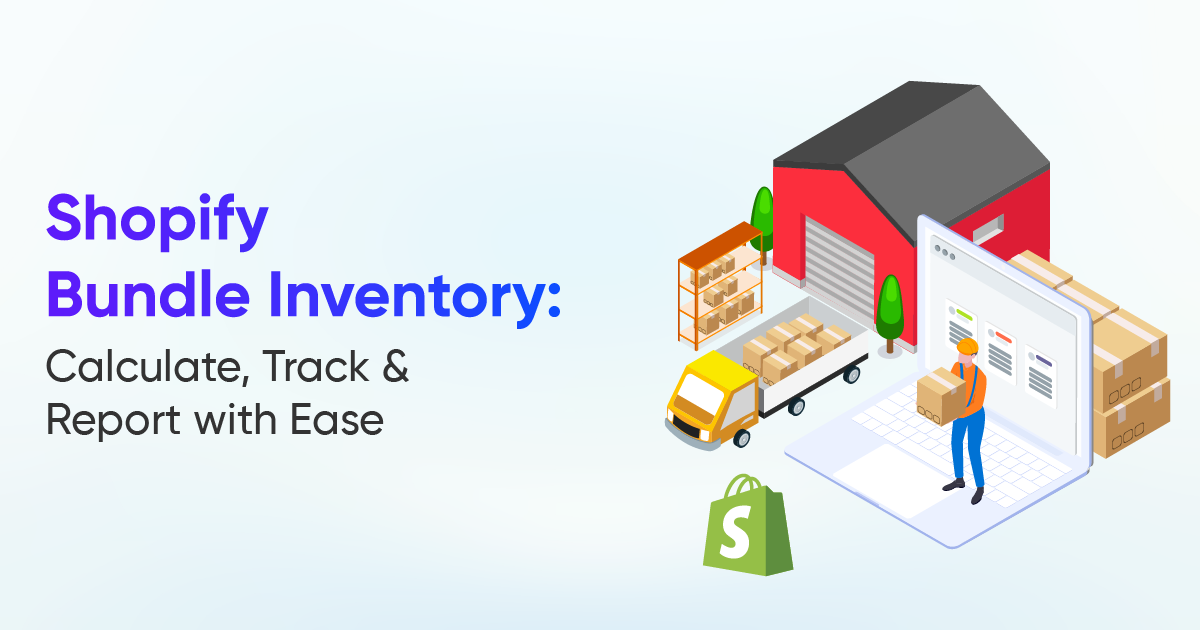Track Your Store Sales with Shopify Sales by State Report

Just imagine that you’re spending the same amount on ads in every state, but only very few are barely buying, while others are booming?
If this sounds familiar, you’re not alone in the market. For many Shopify merchants, understanding where the sales are coming from is just as important as knowing how much you’re making. You might be investing your budget into underperforming regions while your most profitable states aren’t getting the attention they need.
That’s where the Shopify Sales by State Report plays a major role.
Understanding your sales by region isn’t just about nice-to-know numbers that directly impact your bottom line. From reallocating ad spend to improving tax filing accuracy, getting a clear picture of where your customers are coming from can transform the way you manage your business.
Why Sales by State (or Province) Is Essential
If you're running ads across all 50 U.S. states with the same budget. One state is making $2,000 a day in sales, while another barely touches $20 a week. It doesn’t take a marketing expert to realize that continuing to spend evenly across all states might not be the smartest move. This is exactly where a Shopify sales by state report shows its value. It reveals which states or provinces are generating real revenue and which are simply incurring costs, and where your marketing capital is truly paying off.
California brings in the most revenue, Texas generates the highest number of orders, and New York has profitability but higher return rates. So it's important to get insights into sales by region, and your strategy shouldn’t be based on assumptions rather on data-driven decision-making.
How Shopify Tracks Sales by State
Shopify offers some basic regional reporting, basically showing sales by country. But when it comes to more detailed views, like billing or customer address breakdowns.
Reporting apps build on this structure by exporting and organizing your sales data based on the shipping state or province. This means your sales by state report is both accurate and usable, which helps you focus on the right regions with clarity. Check out our full guide on the Shopify Sales Report to understand the report better.
The Role of Taxes and Shipping in Shopify Sales by State Reports
Understanding the role of shipping and taxes in regional sales is critical, especially in a country like the U.S., where T&C can vary from state to state. Shipping a product from Alabama to Michigan comes with its own set of costs, and each state or even county may apply different tax rates or have unique tax exemptions. While Shopify Tax automatically handles sales tax submission for eligible users, many merchants either don’t qualify or prefer custom control.
Our app allows you to break down sales, taxes, and shipping charges by state, county, or city. You’ll see exactly how much tax you collected in each state, and you can modify the report to reflect in your tax setup, which is useful for products that don’t follow Shopify’s default tax rules. This not only improves accuracy but also removes the stress of tax season.
Tax-Friendly Reporting for Non-Shopify Tax Users
While Shopify Tax helps automate filings for many merchants, it's not useful for everyone. It's for those who manage taxes manually or have custom needs. Reporting apps provide the clarity and manage your data when tax details are shared with the tool. With this report, you can:
- Track how much tax was collected in each region
- See which products were taxed (or not taxed)
- Adjust tax data based on your own tax rules or rates
This is especially important for high-volume or international merchants who need regional breakdowns to meet compliance or internal policy requirements.
Going Beyond State, Explore More by County and City
For those who want to go into more detail, some apps make it easy to move beyond state-level reporting. You can view sales data by county, which is great for tracking local tax obligations and delivery costs. You can also analyze data by city, helping with local ad targeting and fulfillment strategies. Even ZIP-code-level reporting is possible, giving you precise insights into high-performing (or underperforming) locations.
This level of detail lets you identify target markets, fine-tune your shipping strategies, and run geo-targeted campaigns with confidence. For a broader view of your store’s performance.
Export Sales by State Report in Just a Few Clicks
The benefits of using Report Pundit is that you can easily customize and export the Shopify sales by state report. Whether you want a CSV or Excel file or like to schedule automatic emails, the process is simple and customizable.
Reports can be set up to run daily, weekly, or monthly, perfect for sharing with your accounting team, feeding into BI dashboards, or keeping tabs on performance across multiple stores. If you need specific data points like product category, customer tags, or sales channels included, we’ve got you covered. Our reports can be customized to your exact needs.
Conclusion
If you're running ads across various regions, a Shopify Sales by State Report can help you see which areas are making the most revenue. Whether you’re refining ad spend, preparing for tax season, or expanding into new markets, having access to accurate, regional sales data gives you the insights you need to take important action.

Build and automate your Shopify Reporting
Unlock the full potential of your Shopify store with Report Pundit. Gain access to over 2000 data fields, automate reports, and make data-backed decisions to grow your business.

.svg)
.svg)
.svg)


